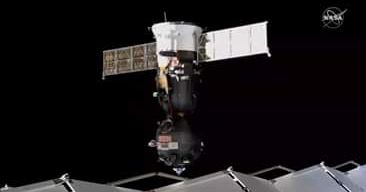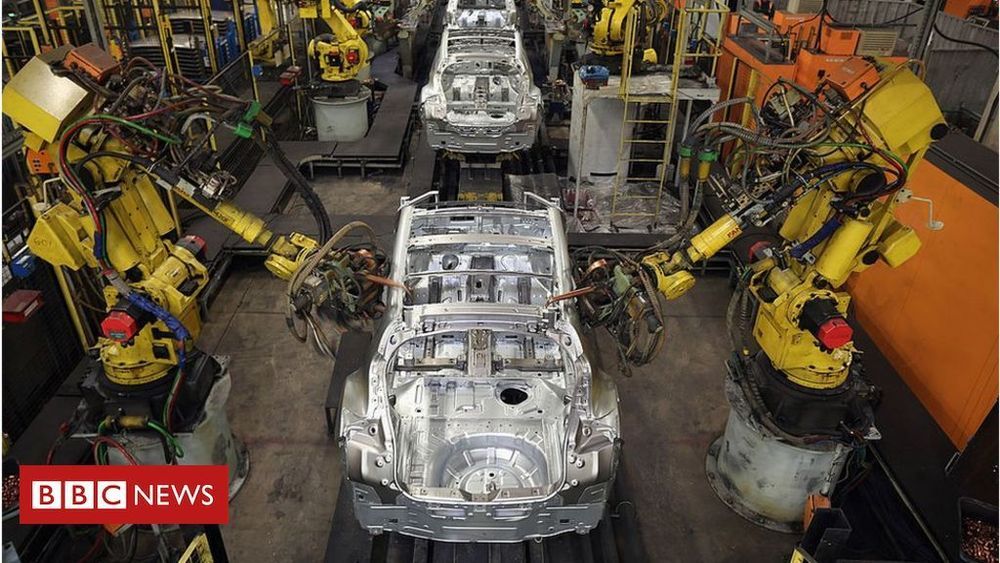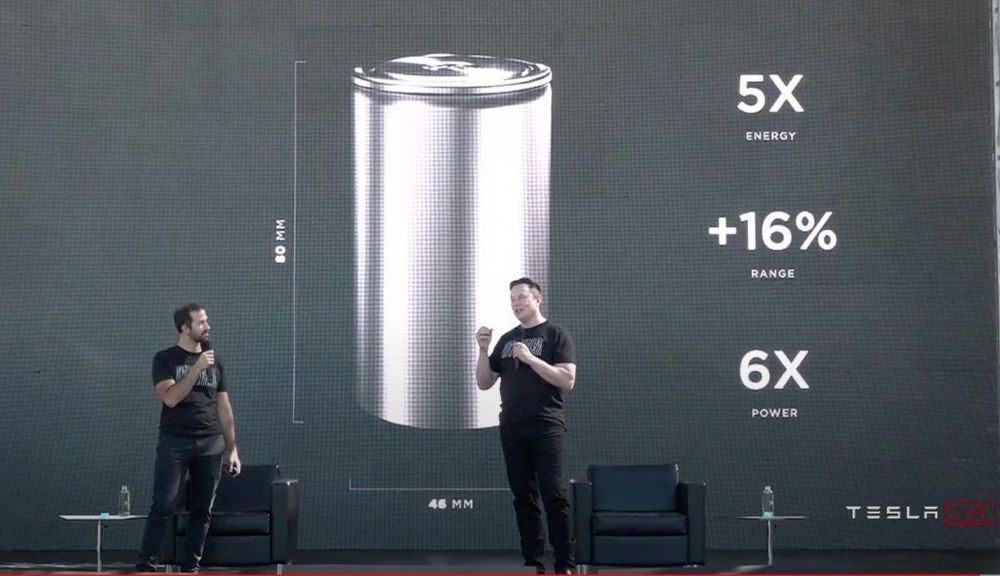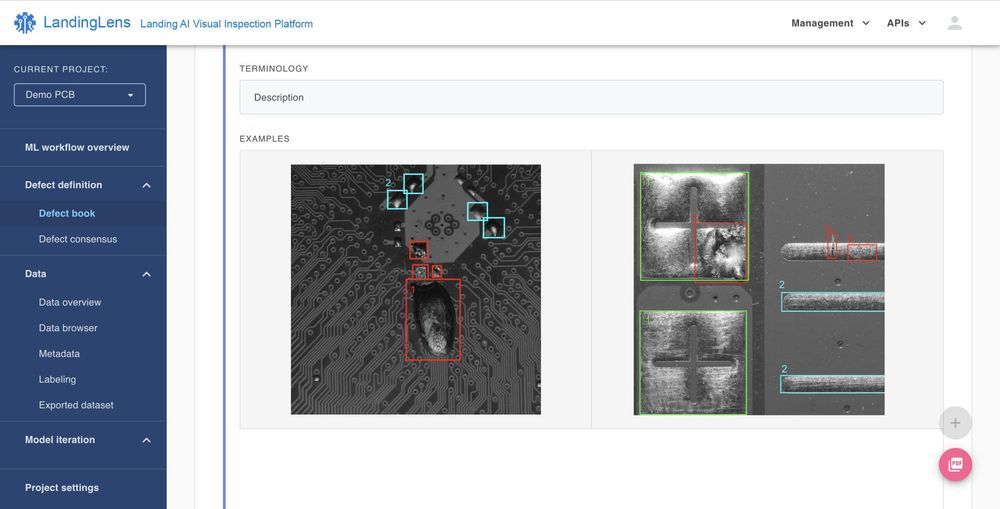The Soyuz crew ship undocked from the station at 7:32 p.m. EDT today and will return to Earth at 10:55 p.m. with NASA astronaut Chris Cassidy and cosmonauts Anatoly Ivanishin and Ivan Vagner of Roscosmos. Read more… go.nasa.gov/31su0Lm.


The Soyuz crew ship undocked from the station at 7:32 p.m. EDT today and will return to Earth at 10:55 p.m. with NASA astronaut Chris Cassidy and cosmonauts Anatoly Ivanishin and Ivan Vagner of Roscosmos. Read more… go.nasa.gov/31su0Lm.


It originated in middle school.
Anika Chebrolu, 14, of Frisco, Texas, has won this year’s 3M Young Scientist Challenge for her work finding a molecule that can selectively bind to the virus’s spike protein, according to the contest organizers. The eight grader used in-silico methodology for drug discovery to do it.

Despite COVID’s impact on the economy, many companies in the data ecosystem have not just survived but thrived. Here are some key areas to watch.

As the electric vehicle sector grows, the demand for batteries is poised to see a significant increase. This is a big opportunity for companies like LG Chem, which supplies batteries for several EV makers like Tesla. Amidst this surging demand, LG Chem revealed on Wednesday that it is planning on tripling its production capacity for cylindrical batteries, the type used by the Silicon Valley-based electric car maker.
LG Chem currently forecasts a further rise in its battery sales and profits this fourth quarter. This is rather optimistic of the South Korean company considering that the company has already posted record quarterly earnings thanks to its growing EV battery business. “Sales are continuously expected to grow thanks to greater shipments of automotive batteries and cylindrical batteries for EVs,” LG Chem noted.

Global Manufacturing Companies Trust LandingLens to Enhance Their Existing Visual Inspection Systems with AI
PALO ALTO, Calif. – October 21, 2020 – Landing AI, a company that empowers customers to harness the business value of AI by providing enablement tools and transformation programs, today unveiled LandingLens, an end-to-end visual inspection platform specifically designed to help manufacturers build, deploy, and scale AI-powered visual inspection solutions.
Visual inspection is a widely used method in manufacturing for processes like defect identification and assembly verification. While this has generally been performed by human workers and traditional rule-based machine vision, more and more companies are turning to AI to automate and enhance their visual inspection operations given the accuracy, flexibility and low cost that the technology brings.

This includes volunteering to test the new vaccine being developed by the Israeli Institute for Biological Research in Ness Ziona. Meet some of the heroes who are doing their bit for humanity.
The research center said it will begin the clinical trials phase of its COVID-19 vaccine in November and about one hundred Israelis aged 18–55 are expected to participate by the time the trials are over. The first phase will include three brave volunteers and will take place in Sheba Medical Center in Tel HaShomer and Hadassah Medical Center in Jerusalem.
As with any other clinical trials, participants will be divided into two groups: those who will receive the real vaccine and those who will receive a fake vaccine, also known as placebo.


In a major breakthrough an international team of scientists, led by the University of Bristol, has potentially identified what makes SARS-CoV-2 highly infectious and able to spread rapidly in human cells. The findings, published in Science today [20 October] describe how the virus’s ability to infect human cells can be reduced by inhibitors that block a newly discovered interaction between virus and host, demonstrating a potential anti-viral treatment.